You say you don’t know what to write about on social media? But you know you need to use social media to promote your book, so you end up committing the number one mistake authors make on social media: Only posting when you have a new book to sell, and then you end up writing 100 versions of “Buy My Book” or some such copy that doesn’t encourage engagement or build your community of readers.
Let me help you out, writer to writer, and as a social media professional… You need a content calendar.
The point of social media isn’t to sell books. Hang on—don’t stop reading yet. I know you want to sell books, and you would rather be writing your next book than spending time on social media, but here’s the secret most writers need to know: Social media is like a cocktail party or holiday party. You’re simply there to meet new people and see who you connect with. If you are lucky, people you already know are there and you have a chance to catch up and make plans to connect later for coffee or lunch.
People have to know you exist, readers need to discover what you write, they need to like you and what you do, and trust you enough to buy your book. That’s what social media is for– introduce you to new people, forge relationships, discover common interests, sample what you write, and finally if or when they decide they want to read your book, to direct them to your newsletter or website where they can purchase your book.
To accomplish that, you need to have a content calendar so you know how often you are posting to what platforms, and so you have a coherent theme of topics you post about. It’s so much easier and more efficient to create those posts when you don’t have to look at another blank screen. Let’s do this in five easy actions…
Action 1. Decide where you are going to post. I suggest you think about five separate ways (at most) to communicate with your fans and followers.
- Priority goes to your email/newsletter subscribers. These are the folks who have given you their email and invited you to keep in touch with them.
- Website and long form content. Depending on you and your audience, that could be a blog, podcast, or YouTube videos—or some combination of those.
- The social media platform where you already feel most comfortable and spend most of your time.
- Where your ideal readers are hanging out on social media. That should be a hashtag-driven platform like Instagram or Twitter.
- (After you have the other four set and consistent) Fifth is where you can join some reader groups that focus on the genre you write, and where you are not already active, perhaps Facebook or LinkedIn or Goodreads.
Action 2. Identify what you will write about. You should have at least five categories that you rotate regularly, and up to five more that you add in occasionally.
One should be “About Me” since you want to use your author platform and social media to get your existing and potential readers to know you. Share little stories from life, life lessons, your favorite things, etc. This is a good time to also decide what you will never post about your life. Remember that cocktail/holiday party analogy I used earlier… if you wouldn’t tell someone about topic xyz at that party, don’t share it on social media. Also remember to respect the privacy of your family members if that is important to them.
Additional topics/categories might be books (what you are reading as well as what you are writing), hobbies, reoccurring themes or tropes from your writing which are possibly issues you advocate for, your pet(s), etc.
Action 3. Choose a format for your content calendar. This could be a spreadsheet, a project management program, or a digital calendar. Pick something you already are familiar with and in the habit of checking regularly. I have created content calendars for clients on Google Sheets, in Trello and Asana, Scrivener, and even in Google and Outlook Calendars. Personally I keep my master content calendar in Asana because it’s intuitive to the way I think and plan.
This is where you are going to plan what you want to post where, when, and draft your posts. You will create whatever is the longest form for that day or week. For me, that is often a blog post, an email, or an Instagram post. For you it might be a podcast or video script. Create the graphics to go with it and save them all together in your content calendar.
Action 4. Get your visuals in order. Speaking of graphics, posts with images get more engagement than those without. You can use photos, GIFs, infographics, or video. Once you know the categories/topics you will be writing about, you will be able to keep your eye open for photo ops, quotes, and national days of. There are a lot of programs to help you easily create graphics, and I’m a big fan of Canva.
You can take your own photos, or use free ones from Creative Commons, Pixabay, Upsplash, or Pexels. There are other sources also, both free and paid, but the key is to make sure you are using images for commercial use. Some are free for personal or educational use, but you are a business to produce and sell books as an author. Please be sensitive to the intellectual property of photographers, just like you would want others to respect the words and stories you write.
Action 5. Put it all together in a scheduling tool. Use your topics, graphics, quotes, etc, as prompts. No more staring at a blank screen wondering what to write. Get that long form done in your content calendar and posted, and then pull sentences and paragraphs to post on Twitter or Instagram or whatever platform(s) you chose. But don’t post them all at the same time. Think one week plus four hours, and put it in a scheduling app like Hootsuite, Buffer, Metricool, etc.
For example, if I create a blog post about content calendars and post it on Monday at 9:00 am, I will schedule a LinkedIn post using a key section and image for the next week at 1:00 pm, and then a Tweetable sentence (or two or more) with that graphic for the following week(s) at 5:00 pm, and finally a Facebook post for 9:00 pm on the fourth week. And whatever post performed the best that month could be highlighted in your next newsletter.
The reason you want to use a scheduling app to stagger post is to get as many eyes on your content as possible. If you post to everything the same day at the same time, fewer people will see it. Consider how you use social media. Most of us sit down before work, at lunch, after work, or before bed and surf through social media to relax. By targeting those various times on different days, you will get more reach and more posts for the same amount of work.
I love content calendars, and helping authors create them specific to their brand. Please let me know if you have more questions about creating yours, or outsourcing this task.
If you are interested in hiring Unleashing The Next Chapter, we are available to consult, create a personalized template for you, or to manage all your social media on your behalf.
I also have a presentation and a workshop on this topic that I give for writers organizations. Please email me at Kathryn@UnleashingTheNextChapter.com if you are interested in working with me.
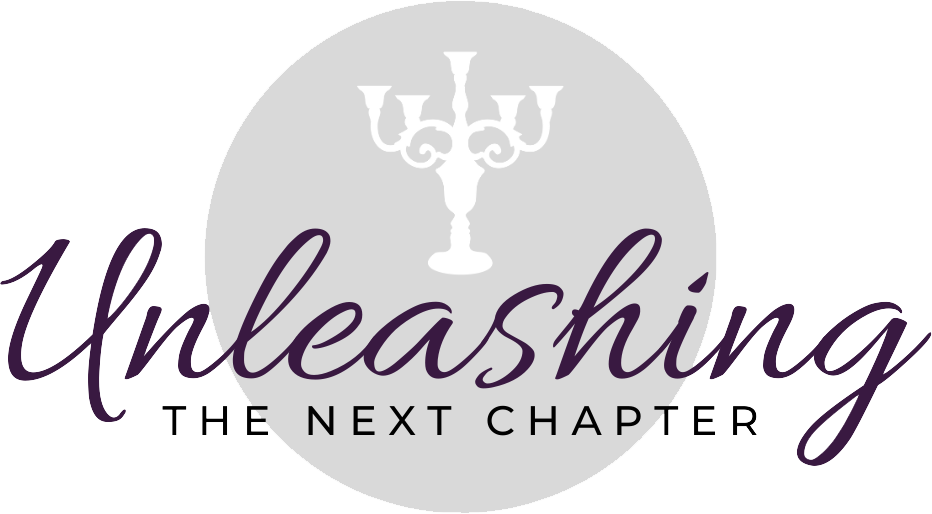



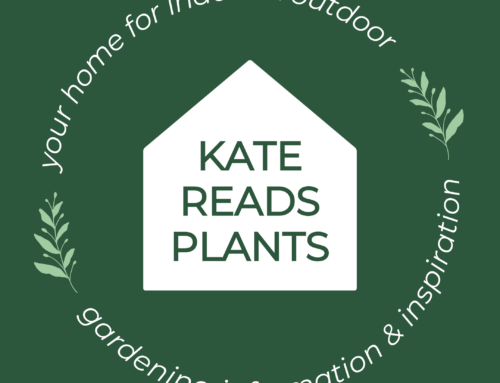
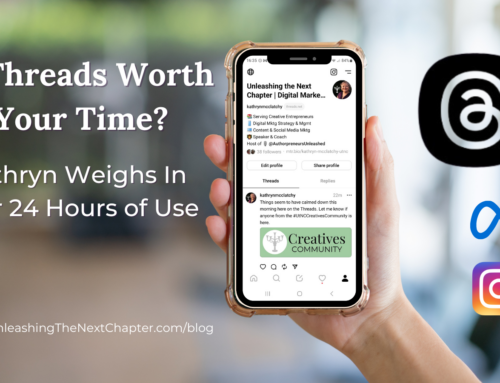
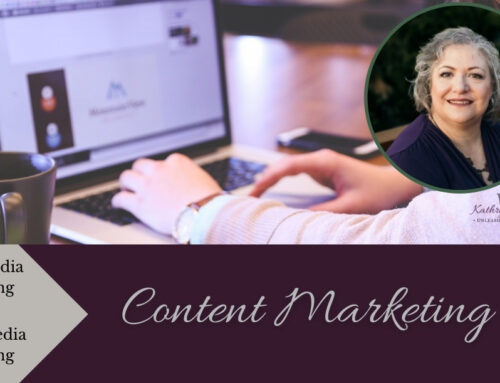
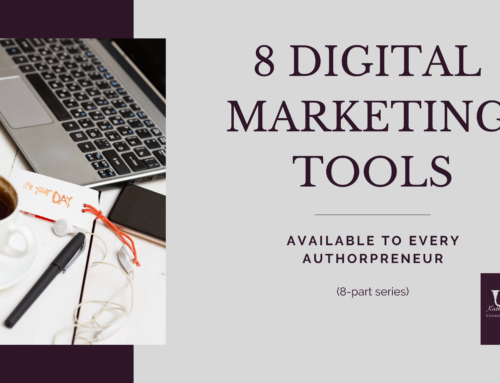
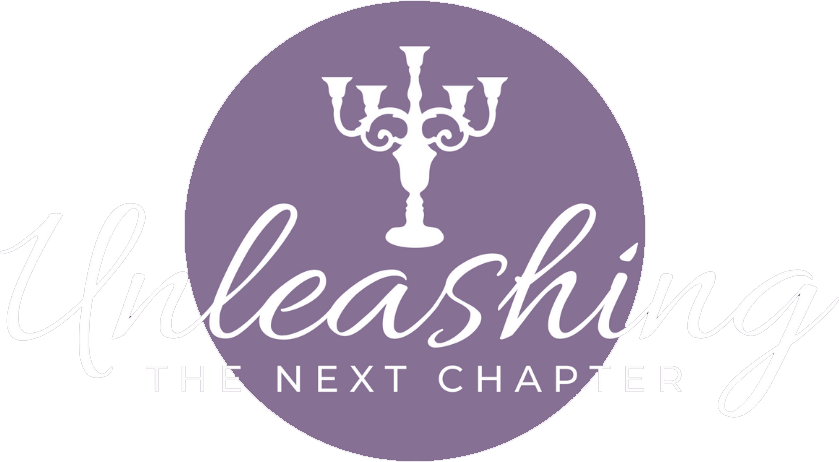
[…] Create a content calendar. Decide WHAT topics you are going to post about on your blog, newsletter, and social media. Start collecting quotes, determine your voice, think about themes and tropes you write about, and causes/charities you are passionate about. Here’s another post that goes into more detail about Content Calendars. […]
[…] Organize Your Content Calendar in Five Easy Actions […]